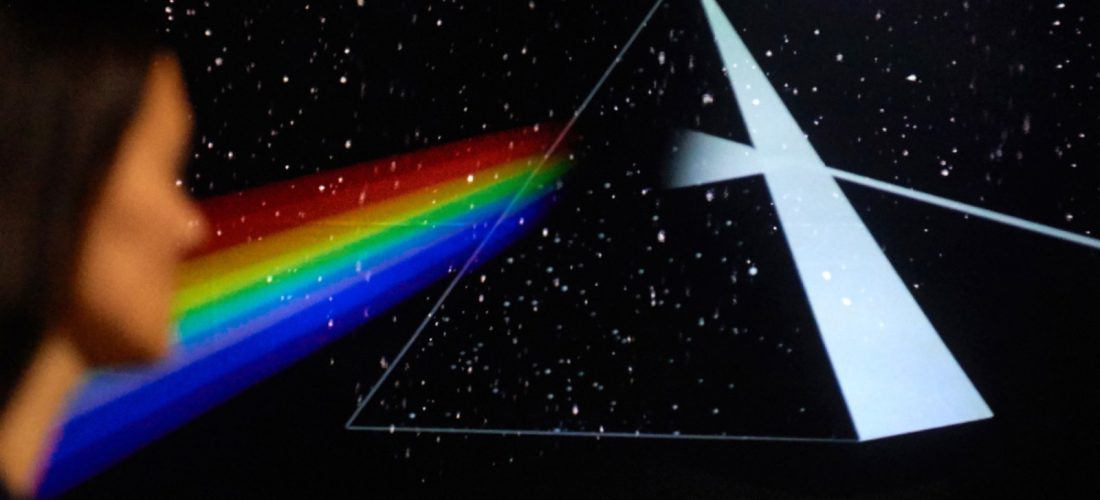Pink Floyd Song Reconstructed From People’s Brain Activity
Eavesdropping
Neuroscientists were able to recreate “Another Brick in the Wall, Part 1″ using AI to decipher the brain’s electrical activity
Neuroscientists have reconstructed Pink Floyd’s 1979 song “Another Brick in the Wall, Part 1” using artificial intelligence to interpret the brain’s electrical signals into a recognizable version of the song.
A new study published on Tuesday in PLOS Biology, analyzed data from 29 people who heard the song while undergoing brain surgery and were being being monitored for epileptic seizures. As participants listened to The Wall track, electrodes placed on the surface of their brain recorded electrical activity of several brain regions tuned to musical elements. Researchers were then able to train an artificial intelligence model to decode the data to reproduce the sounds from the song.
Although garbled, the reconstructed tune was recognizable, and some words such as “all,” “was,” and “just a brick” were captured, according to the study.
The technology, although still in its early stages, could give people who have lost the ability to speak — because of a stroke or other injury — the power to communicate in a way that reflects emotional weight and rhythmic patterns. “Instead of robotically saying, ‘I. Love. You,’ you can yell, ‘I love you!’” Robert Knight, a cognitive neuroscientist at the University of California, Berkeley and one of the study’s authors, told Scientific American.
When asked why the team picked Pink Floyd’s “Another Brick in the Wall, Part 1” for the breakthrough research, the study’s lead author Ludovic Bellier said, “The scientific reason, which we mention in the paper, is that the song is very layered. It brings in complex chords, different instruments and diverse rhythms that make it interesting to analyze.”
The cognitive neuroscientist added, “The less scientific reason might be that we just really like Pink Floyd.”
